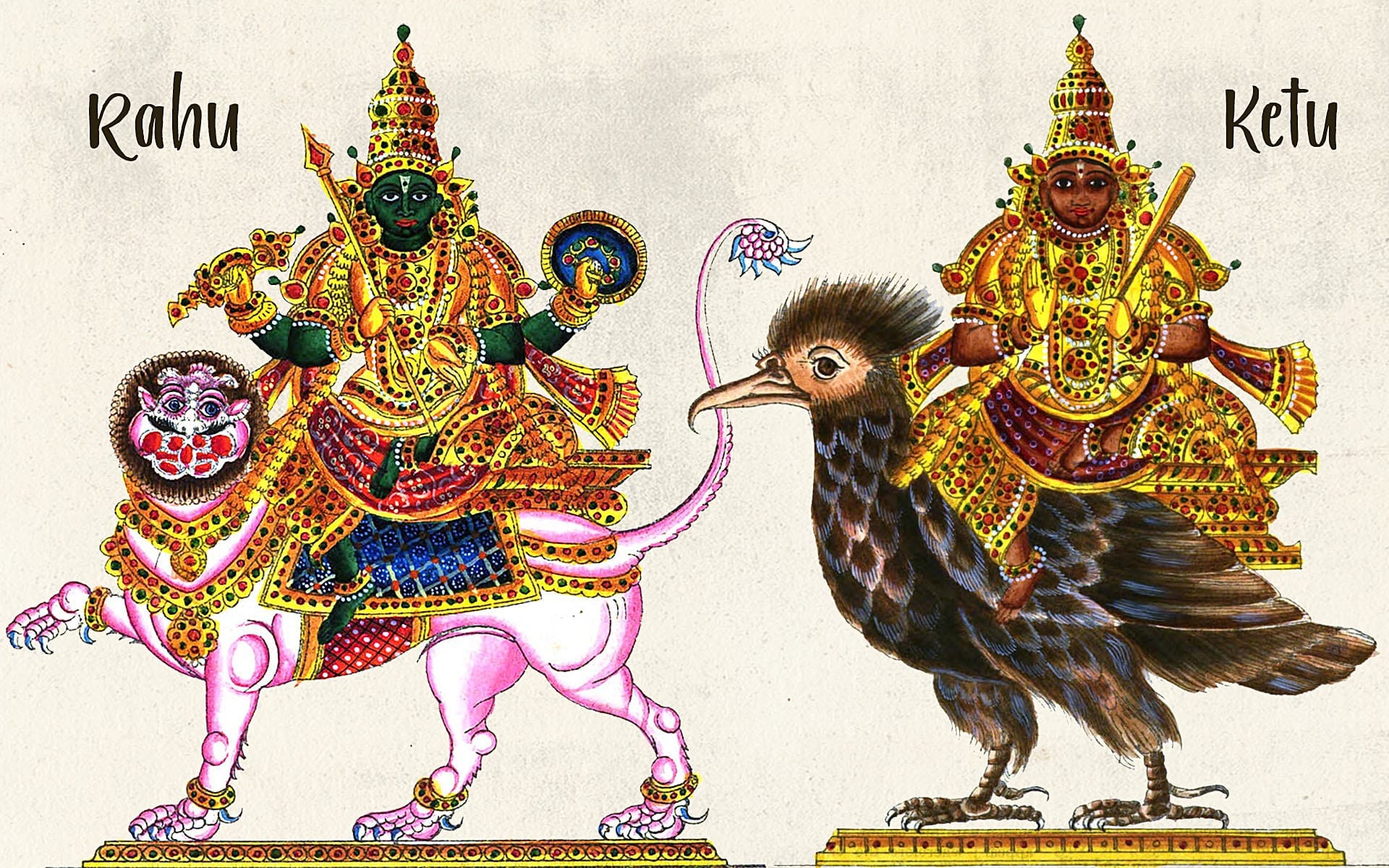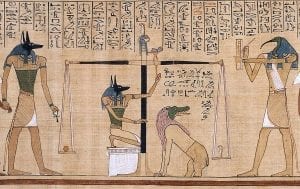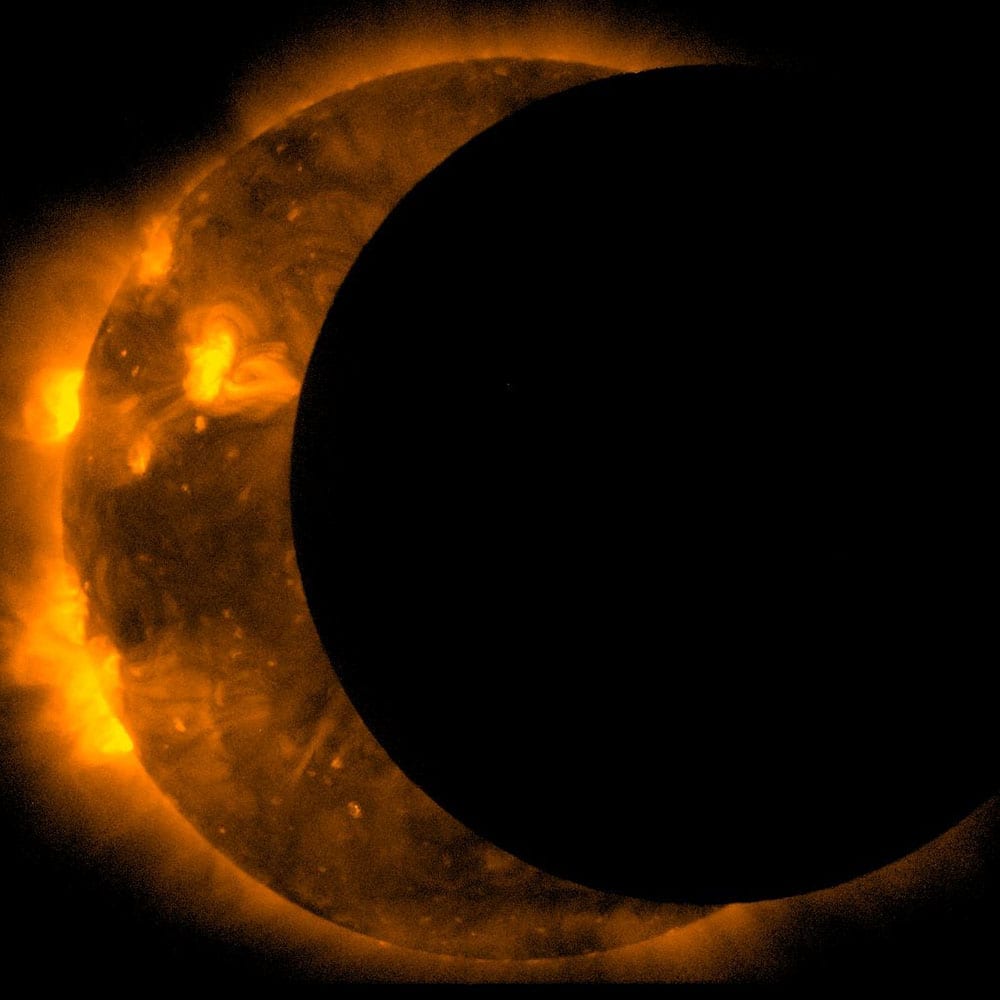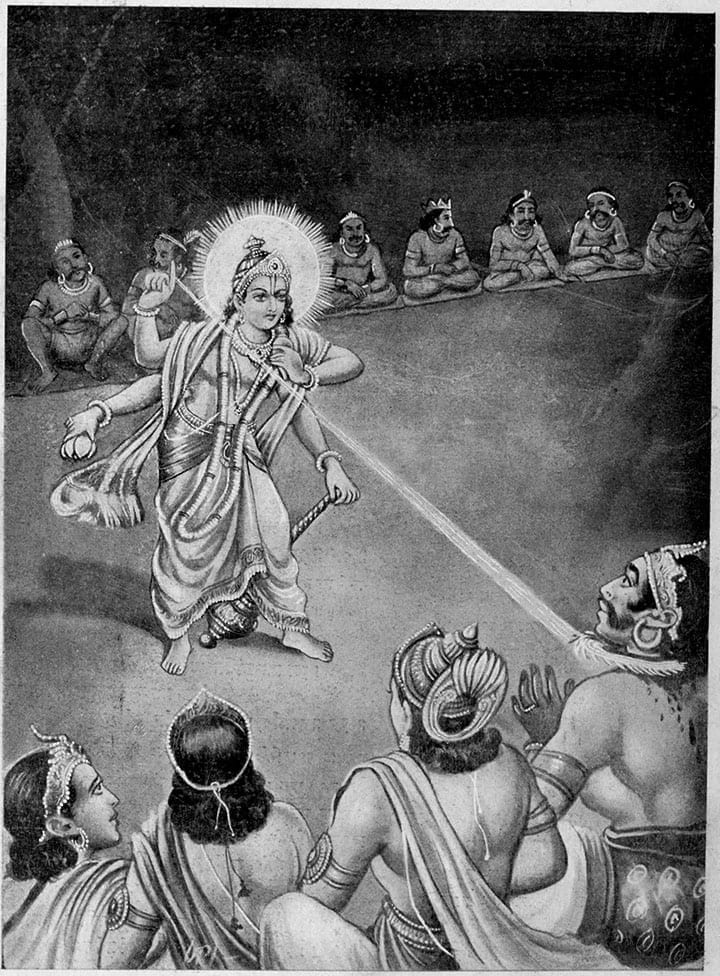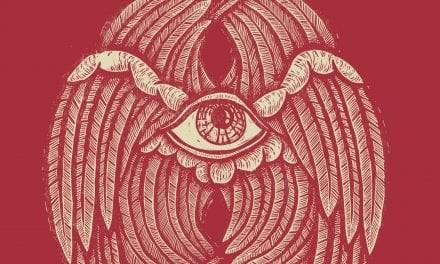THE SIN EATERS, RAHU & KETU
Written by Adam Goldman
One week before the Great Conjunction of 2020, on December 14th, the Sun’s energy will be devoured by the Moon.
Allegorically speaking, this “eating” of solar energy may have been historically personified as a “Sin Eater” priest or Shaman who lived on the fringes of society—literally and metaphorically.
According to various folklores, Sin Eaters would be summoned just before or after the death of an individual and, for a small fee, would take on their sins through a Eucharist-type Sacrament of Holy Communion. Once transferred, the departed’s soul/sol would become lighter absent those stains of moral transgressions, reminiscent of the Egyptian Book of the Dead’s “weighing of the heart” mythos.
For many of the communities involved, the Sin Eater would act as Confessor, Administrator of Last Rites and, also, a Mercurian Psychopomp which would guide Souls into the Plutonian underworld.
But where did this macabre archetypal Sin Eater originate?
In Mesopotamia, Sin was the Moon God and father of the Sun, Shamash, and Venus, Ishtar. During their captivity in Babylon ca. 6th Century BCE, theologians agree that the Israelites would have learned of that Akkadian trinity which, later, made its way into the Torah and Midrash.
Certainly, we can find compelling arguments for this Akkadian/Old Testament mashup in the Hebrew name for the Sun, Shemesh and, also, the Mesopotamian Epic of Gilgamesh which bears an uncanny resemblance to the story of Noah’s Flood. We find additional homonyms with the biblical names and concepts, Sin/sin and Ishtar/Oster/Esther—from which the word estro-gen is derived.
Taken together, it becomes apparent that the Sin Eater archetype may be viewed as an Astro-theological allegory which camouflages occult mysteries of the Moon consuming the Sun’s vital energy—in other words, a Solar Eclipse.
“JAXA/NASA Captures 2012 Annular Solar Eclipse” by NASA Goddard Photo and Video is licensed under CC BY 2.0
Lord Vishnu cuts the head of immortal Svarbhanu, leading to creation of Rahu and Ketu
In cultures such as the Vietnamese and Norse, Solar Eclipses were mythologized as the Sun being eaten by a Frog and Wolf, respectively. In Chinese, the word for eclipse actually translates as “to eat” and links to one of their mythologies that describes the Sun’s consumption by a giant Sky Dragon. Similarly, in the Vedic tradition, a malefic deity, or “deva,” named Svarbhānu, was decapitated for drinking the Gods’ elixir of immortality called Amrit. As the story goes, the Sun and Moon witnessed Svarbhānu’s theft and told Vishnu who hurled a disk-like weapon with 108 sharp edges at the deva separating its head from body. Because Svarbhānu had already swallowed the Amrit, its now-separated head lived on and became the invisible planet, Rahu. In the Western astrological tradition, we call Rahu the North Node due to it representing one of the two intersections of the Sun and Moon in their celestial paths.
As a decapitated head only, Rahu may keep eating without ever becoming full since his mouth and stomach are no longer connected. Correspondingly, Rahu is emblematic of insatiable appetites/gluttony and obsessive-compulsive behaviors. When found in an astrological chart, VedicAstrology.net describes a few of his significations this way:
The position of Rahu in the […] chart will show the main area of focus for the person. For example someone with Rahu in the ascendant sign (the first house) will be very self-focused and may even appear to be quite selfish to those around them. However, it is necessary for that person to have this focus and it is their challenge to somehow balance their own needs with those of a partner, if they wish to have a relationship. Here lies the challenge for a person with Rahu in the first house. Those people with Rahu in the 10th house of career will have a strong focus on career and status and will very much need recognition in terms of power and status. Those with Rahu in the 6th house will be intent on giving service to others in terms of healing and helping the public. Rahu in the 4th house will give a strong focus on the home environment.
At maximum eclipse, Rahu will be watching/opposing his body, the South Node, Ketu. Ketu will be adding its malefic energy to the Sun-Moon stellium which will also be a) conjunct retrograde Mercury, b) co-present the MC and c) in Sagittarius and the 11th whole sign house. Unlike Rahu’s OCD materialism, Ketu is more apt to teach karmic life-lessons in a Saturnian fashion. While Ketu dines in the 11th, Mars will be nestled in his domicile pumping-up the South Node with a potent inferior trine from the 3rd house, out of sect.
Considering that Rahu/Ketu were the tricksters which fooled the Vedic Gods into giving up their elixir of life, they have become, appropriately, associated with shady politicians, deceit, anxiety and confusion. So what does this all mean for December 14th? I’d say we should expect unprecedented levels of deceitful and hyperbolic rhetoric coming from 10th house (MC) career lawmakers.
Truly, those Rahu/Ketu-like tricksters will endeavor to manipulate the masses through their Rahu-esque deceit and fearmongering. In other words, we may indeed be in for a “dark winter” as we approach the Great Conjunction—but there’s a silver lining, too. Ketu also represents renunciation and liberation and, like Saturn, can teach us difficult life-lessons that would be near-impossible to grasp in any other way.
When the going gets tough, just repeat the mantra “it’s always darkest before the dawn” and, in the words of President Franklin D. Roosevelt, “the only thing we have to fear, is fear itself.”
